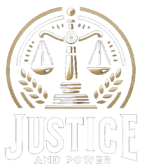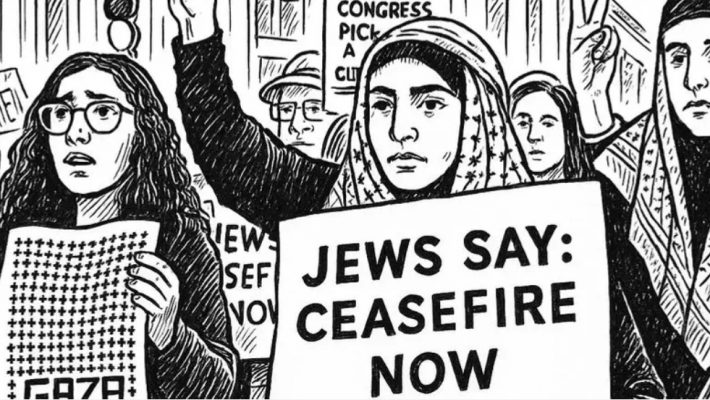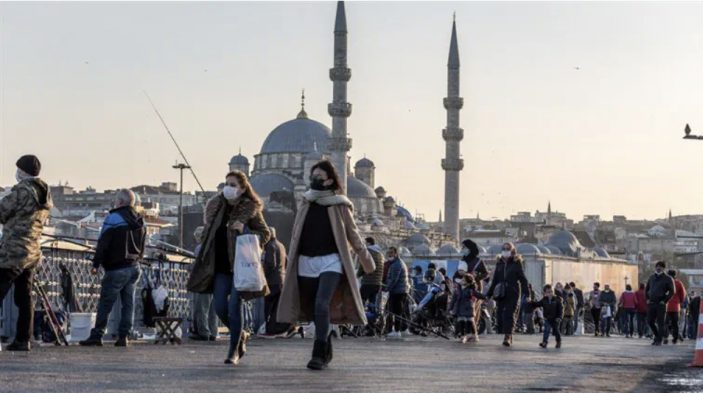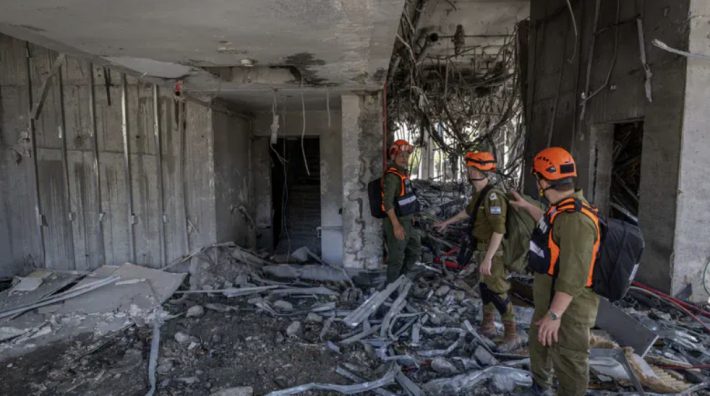Jew in the Keffiyeh: A Symbol Beyond Fabric. Op-ed.
We are a people defined by memory—long, painful, and indelible. Symbols matter. History matters. Truth matters. When a Jew wraps themselves in a keffiyeh today, they may believe they’re signaling solidarity or empathy. But what they’re truly doing is erasing the wounds of our past and unintentionally honoring those who celebrated Jewish suffering. It is not moral clarity—it is confusion. It is not courage—it is concession masquerading as compassion.
The Keffiyeh’s Unspoken History
Some ask, “What’s the harm in a scarf?” But we must ask in return: Would you wear a swastika if it became trendy?
The keffiyeh is no neutral accessory. It has become a symbolic banner for those who have repeatedly incited violence against Jews—from Haj Amin al-Husseini to Hamas. And tragically, it was a Jewish statesman who helped raise that banner to prominence.
The Grand Mufti and the Tragedy of Trust
In 1921, Herbert Samuel, a British Jew and liberal statesman, created the position of Grand Mufti of Jerusalem and appointed Haj Amin al-Husseini—even after al-Husseini had incited violent riots the year prior. Samuel hoped for peace. Instead, he sowed the seeds of decades of terror.
As Grand Mufti, al-Husseini instigated:
- The 1921 pogroms
- The 1929 Hebron massacre (where 67 Jews were brutally murdered)
- The 1936–1939 Arab Revolt
- And later, collaborated with Nazi Germany
Al-Husseini fled to Berlin, met with Hitler, Himmler, and Eichmann, broadcast Nazi propaganda in Arabic, and recruited Muslim SS divisions. He praised the Holocaust and urged Arabs to “kill the Jews wherever you find them.”
This was not mere rhetoric. It was a campaign of hate—wrapped in the folds of the keffiyeh he wore.
Symbols Carry Legacy
From the Mufti to modern terrorist groups, the keffiyeh has been worn as a visual affirmation of resistance—not to injustice, but to the very existence of the Jewish people in their ancestral homeland.
When that same keffiyeh appears in Jewish protests today—often worn by those condemning Israel while ignoring the atrocities committed against it—something essential is lost: the memory of our people’s suffering and perseverance is replaced by borrowed symbols of those who sought our destruction.
We Never Abandoned the Land
We never left this land voluntarily. We were driven out—through exile, slavery, massacre. And yet, we always returned. After the Crusades. After the Inquisition. After the pogroms. After the Holocaust. We came back.
And in our return, we revived a barren land—plagued by malaria, neglect, and desolation. We brought medicine, education, agriculture, and infrastructure. In return, we received stones, knives, and bombs. Still, we built. Still, we hoped.
History Repeats, If Forgotten
A Jew once empowered the Mufti. Today, some Jews raise his banner, even if unknowingly.
Let’s be clear: This hatred did not begin in 1948. It did not begin with “occupation.” It predates the state, the conflict, the borders. It is a hatred that stems from our return, our survival, our refusal to vanish.
A Caution and a Call
You who wear the keffiyeh: examine what it represents. Understand its lineage. Don’t confuse self-denial with moral superiority. Don’t trade truth for trends. Don’t dishonor your people in the name of a misunderstood compassion.
The keffiyeh is no longer just a scarf—it is a symbol. And symbols have power.
Wear it with knowledge—or not at all.
Because in trying to stand with the world, you may be standing against your own people.
And the Jew you misunderstand today—the one in the IDF uniform protecting your right to dissent—may one day be the one who stands between you and the next fire.





